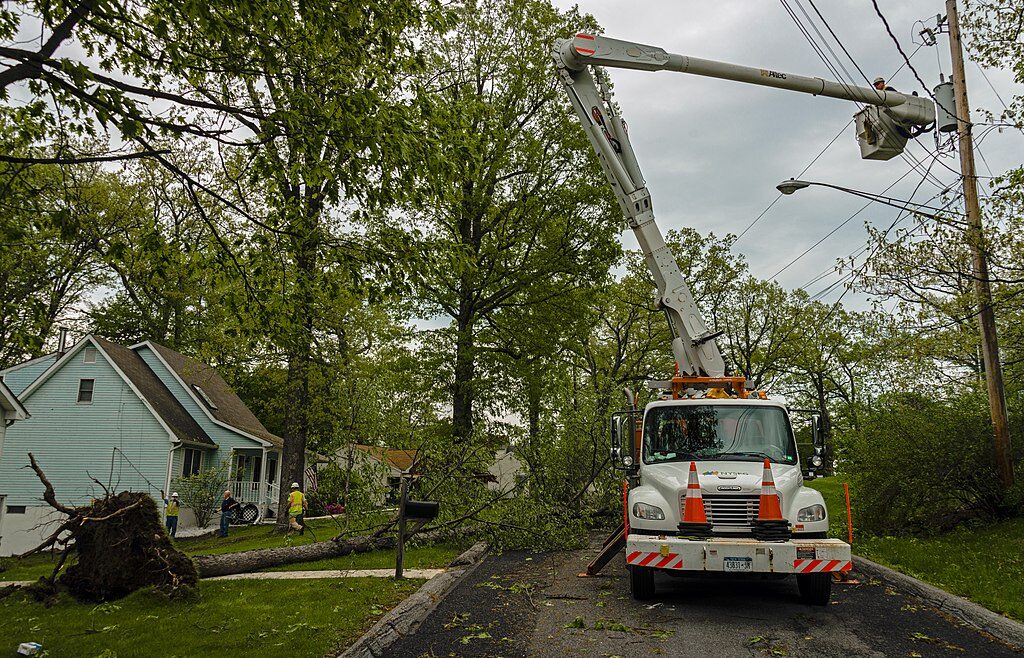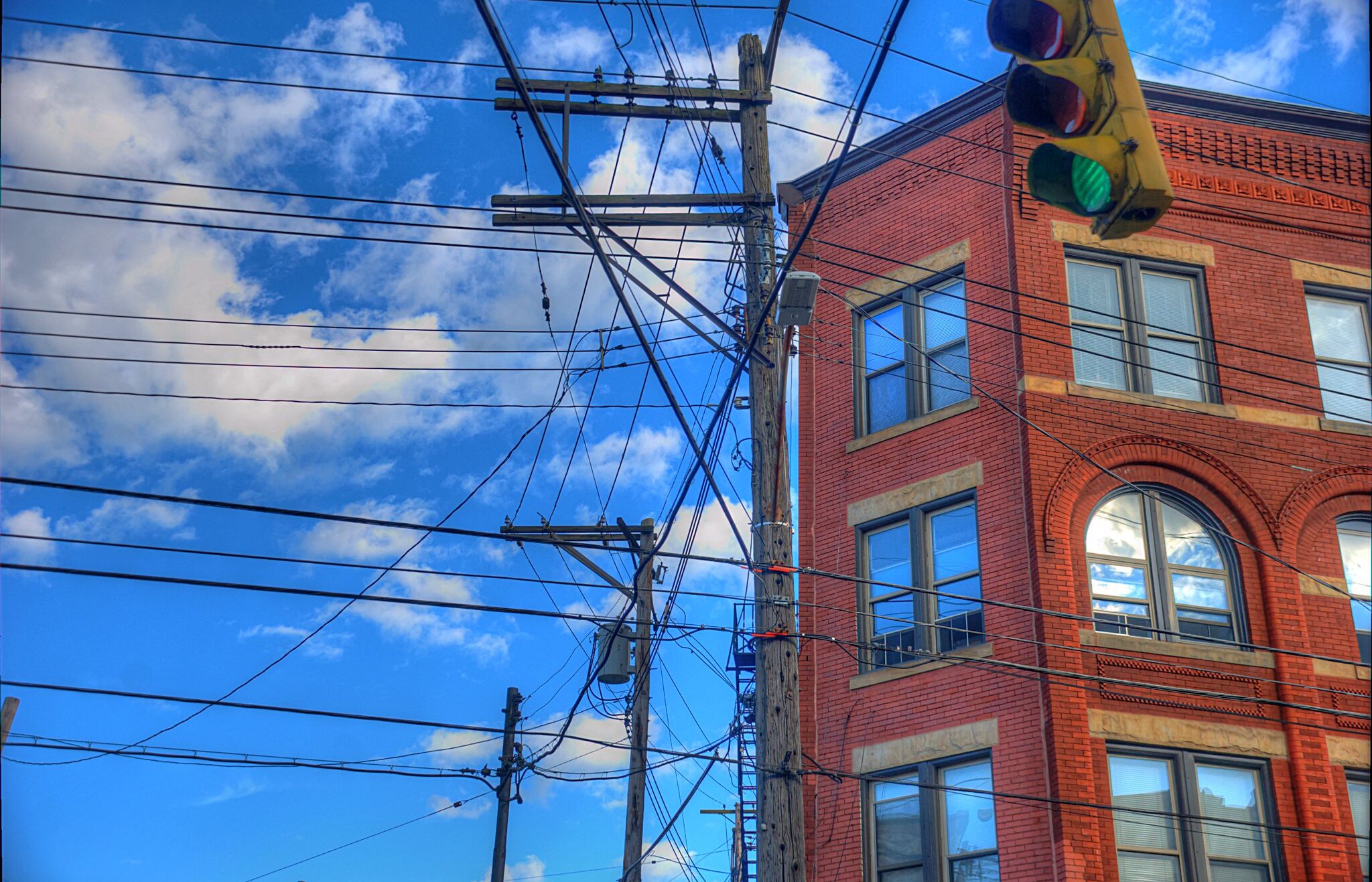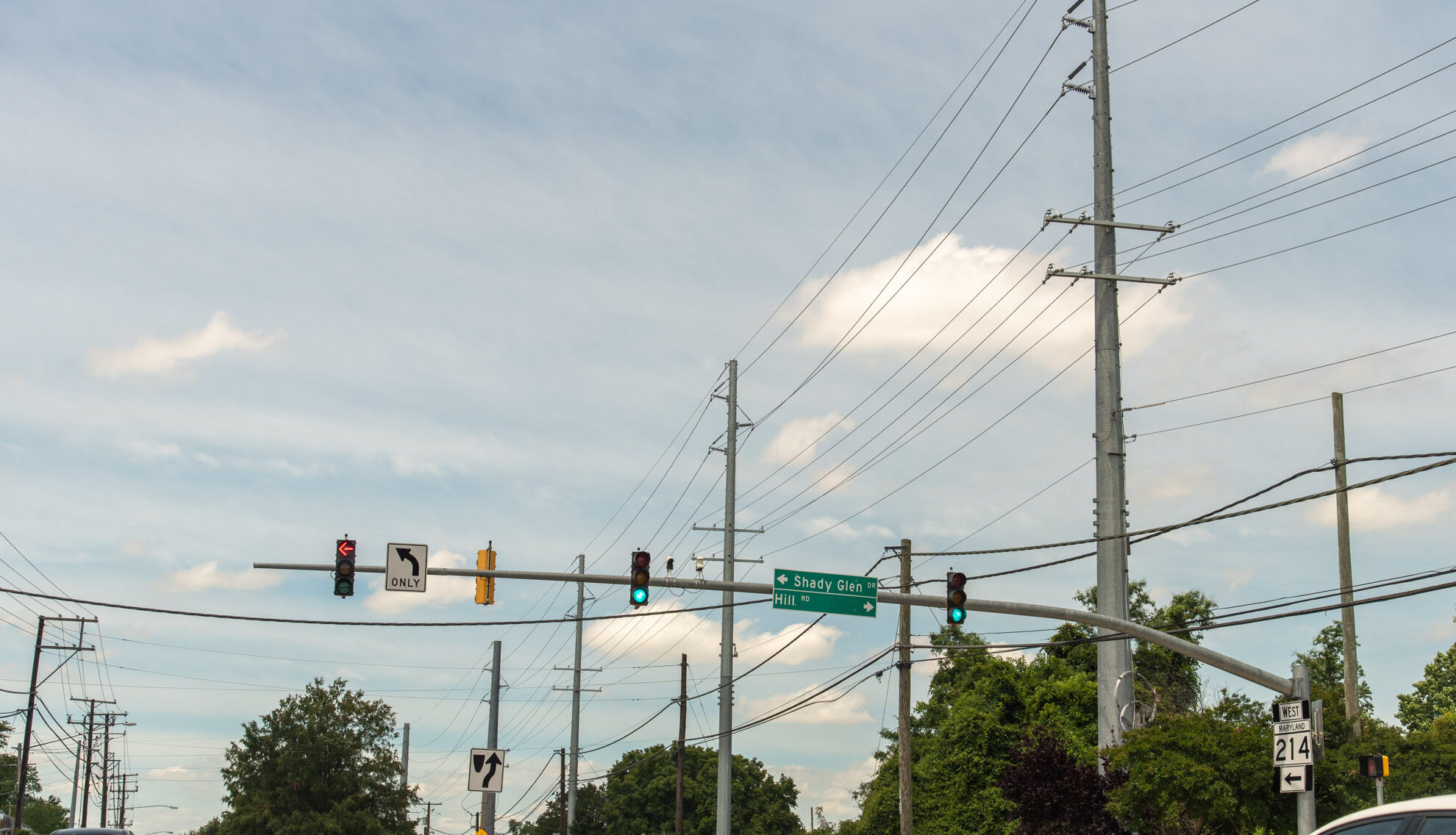Lowering the Costs of Undergrounding
Cost is often cited as a barrier to undergrounding efforts. But thanks to new techniques and practices such as directional boring and “Dig Once” policies, the cost of undergrounding can be significantly reduced. Local, state, and national funding sources also make undergrounding more accessible.
Estimating the Cost
When considering undergrounding solutions, communities should strive for an accurate understanding of the potential costs of the project and opportunities for savings.
Utility providers may assume the use of the most expensive materials and labor practices when providing estimates.
However, major advances in directional boring now enable utility companies to install new wires underground with minimal disruption to roads, buildings, and private land. As this technology has matured, the cost has correspondingly fallen.
Sound public policy such as “Dig Once” rules that allow undergrounding work to be bundled with other infrastructure repair and upgrade work can further reduce costs, and utility companies can also work with communities to find alternative solutions to funding undergrounding projects.

Co-Location
Co-location can also help facilitate undergrounding projects. Utility and communication service providers often maintain aboveground transmission and distribution wires on shared utility poles. Undergrounding projects for one utility can be used to move other wires underground at the same time with coordination between providers. It is also possible to co-locate multiple aboveground services with already-buried infrastructure such as natural gas lines.
Other Cost-Management Tips
Communities can also manage the cost of undergrounding by:
- Timing the project with other utility work, such as gas or sewer line replacement;
- Consolidating high voltage lines and burying only low voltage wires; or
- Undergrounding only feeder lines (the lines that actually run to buildings) and hiding main lines along one side of the road.

Relocating Wires
In areas where undergrounding is not feasible or cost-effective, communities can work with utility companies to move wires and poles to less visually intrusive areas. This can include running lines along the rear of buildings or through alleyways. In more rural areas, utility companies can run lines over ridgelines and out of viewsheds. Similarly, poles can also be set back from the right-of-way and screen them behind treelines.
Reducing Wires
Screening reduces the appearance of utility poles and hides equipment such as substations, meters, and transformers. One of the easiest ways to reduce wires is to consolidate lines along one side of the roadway on a single pole and wrap them to create the appearance of only one cable.
Other strategies communities can pursue include:
- Persuading utility companies to erect poles that complement their surroundings;
- Using heavier cables and stronger poles to reduce the number of poles required;
- Planting trees, shrubs, and other vegetation around substations and transformers to make them less intrusive; and
- Raising wires above sight lines along buildings and signs to make them less noticeable.

Funding Resources
Leaders in Congress have made infrastructure resilience a top priority—and Scenic America successfully advocated for federal support for this important work. State and community grants may also provide support, as well as establishing Special Assessment Districts.